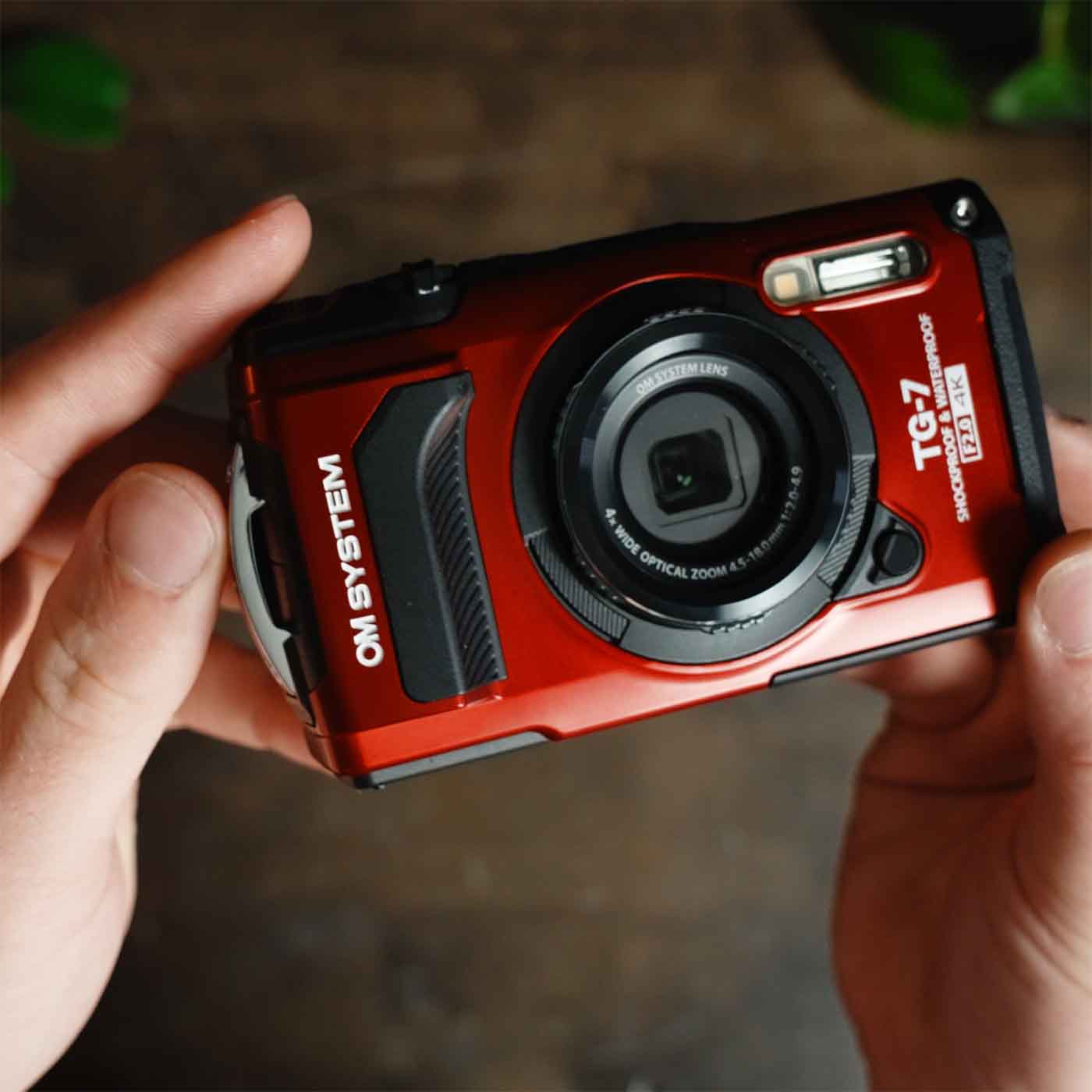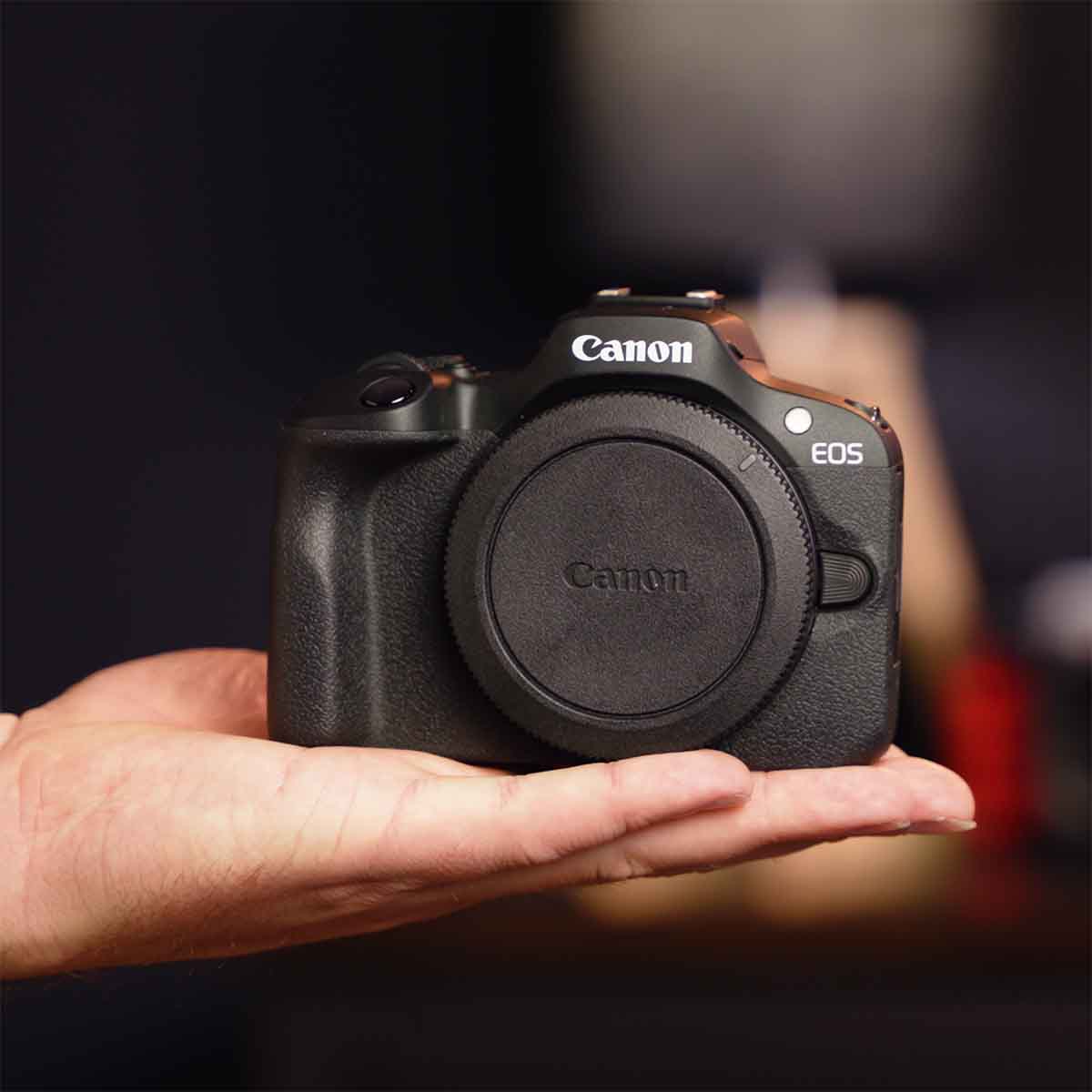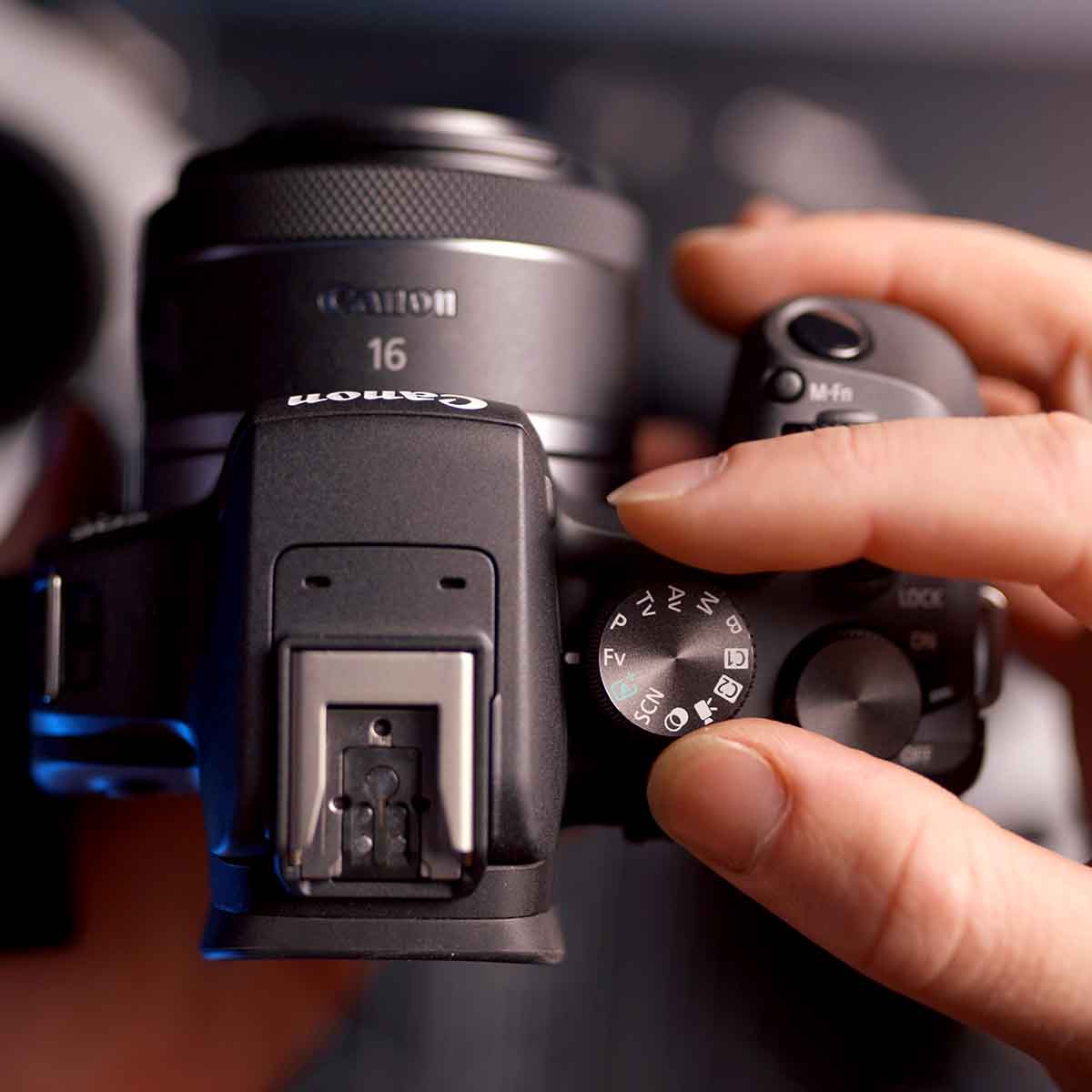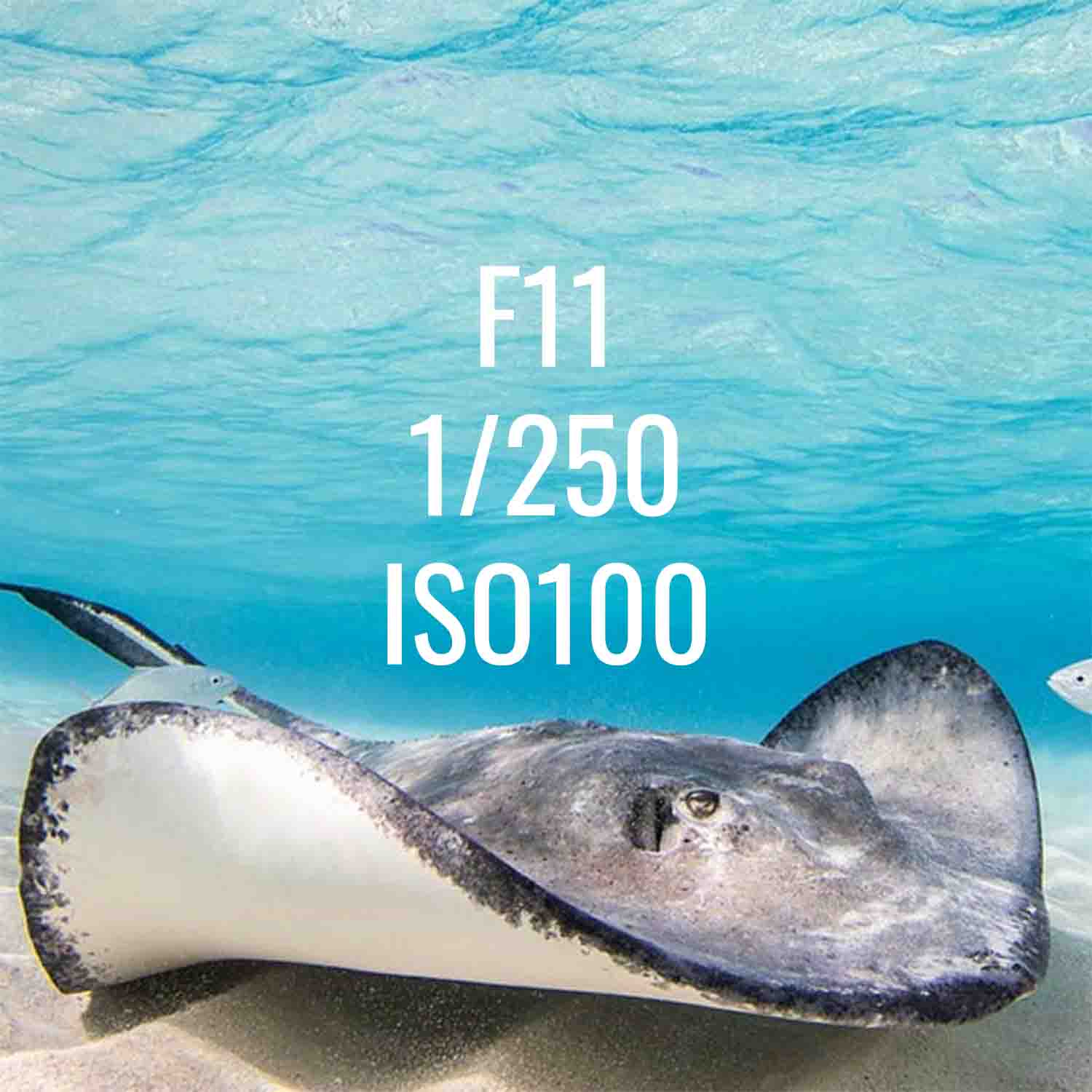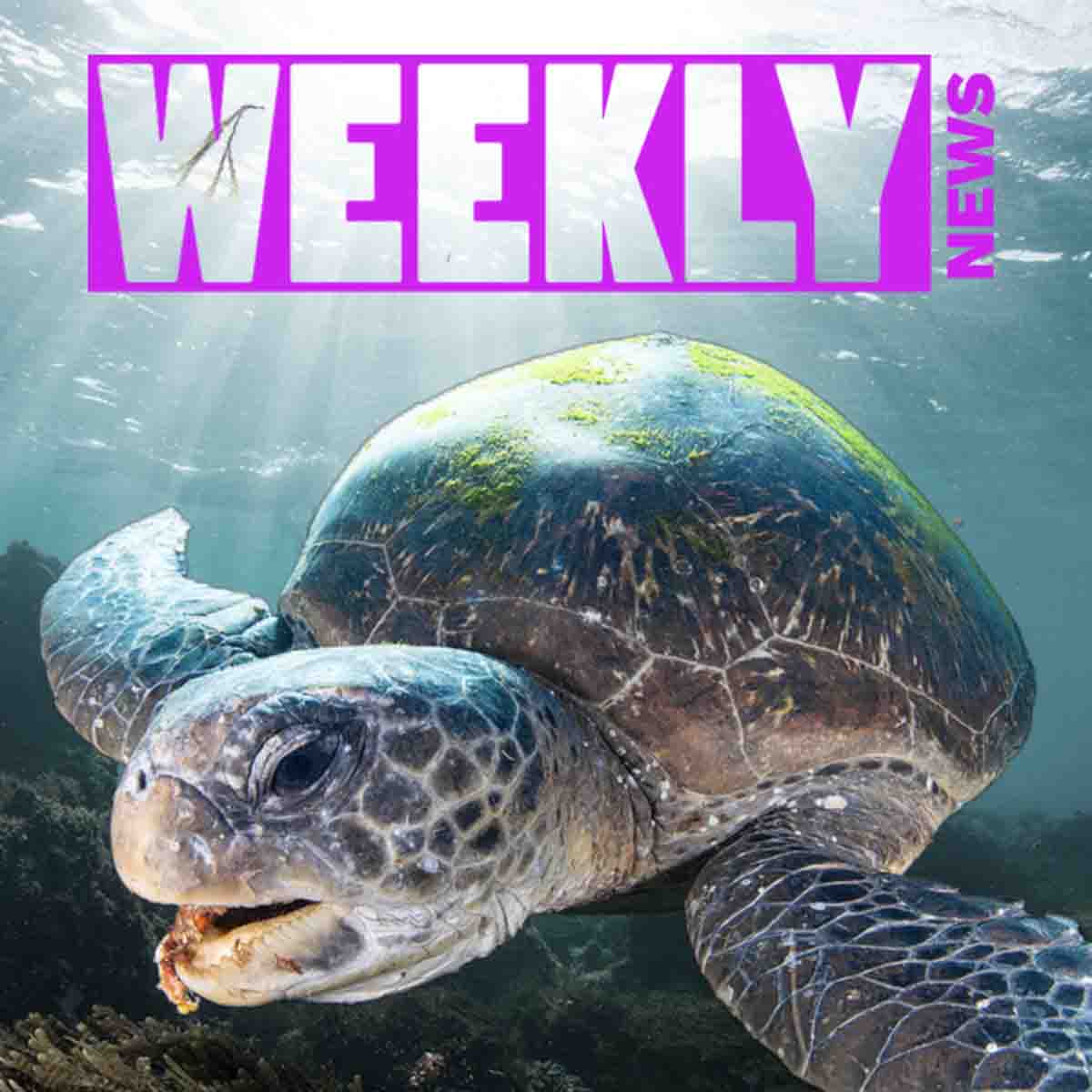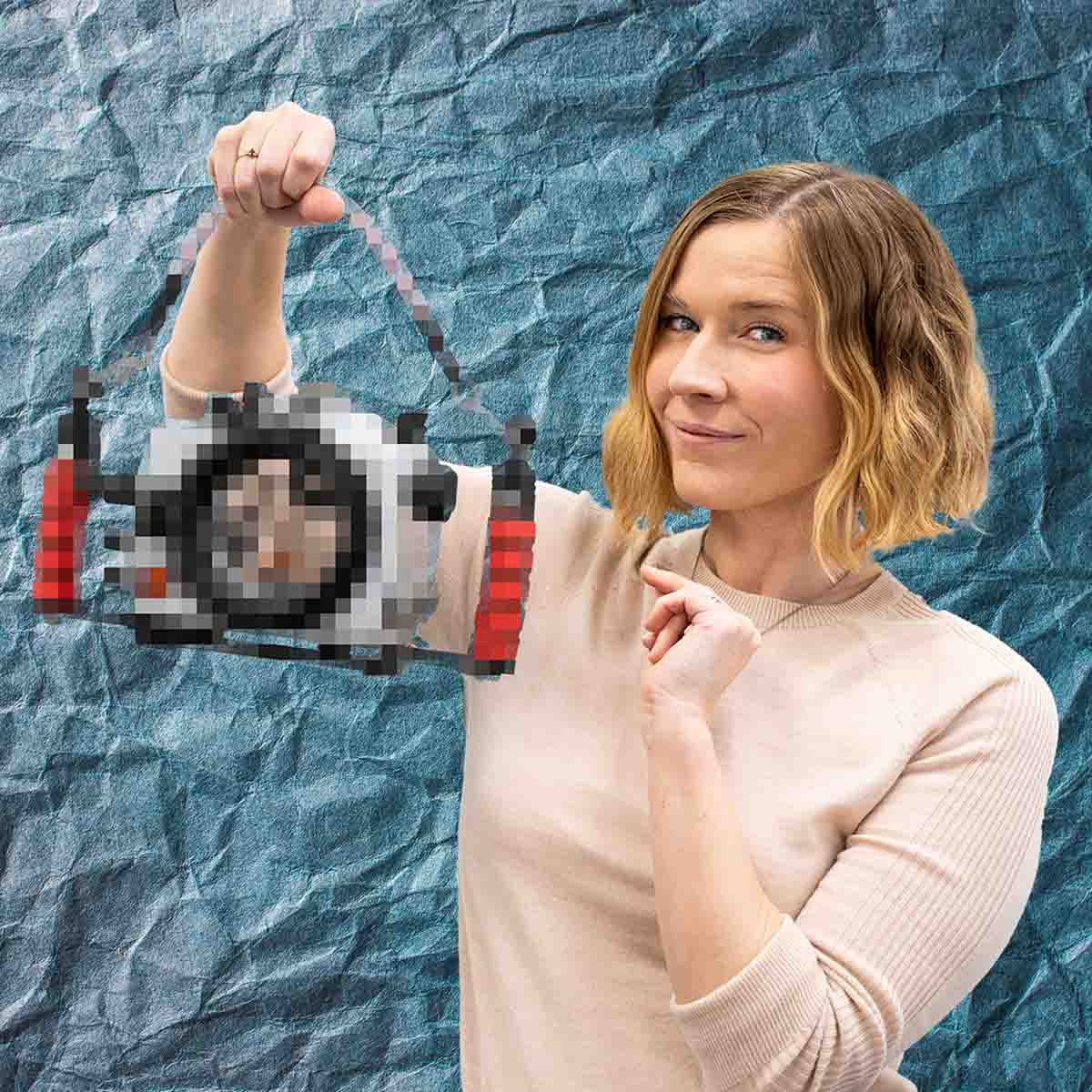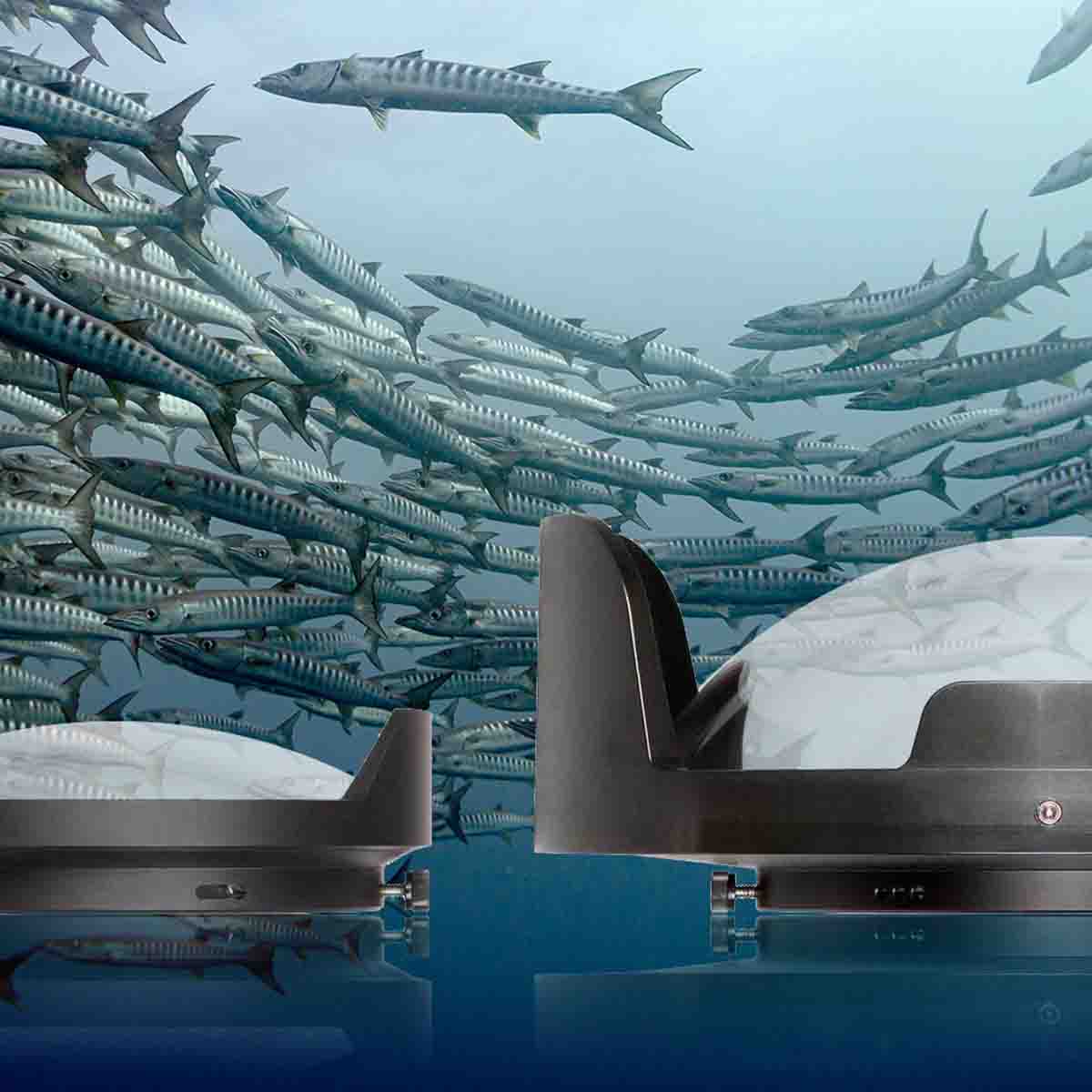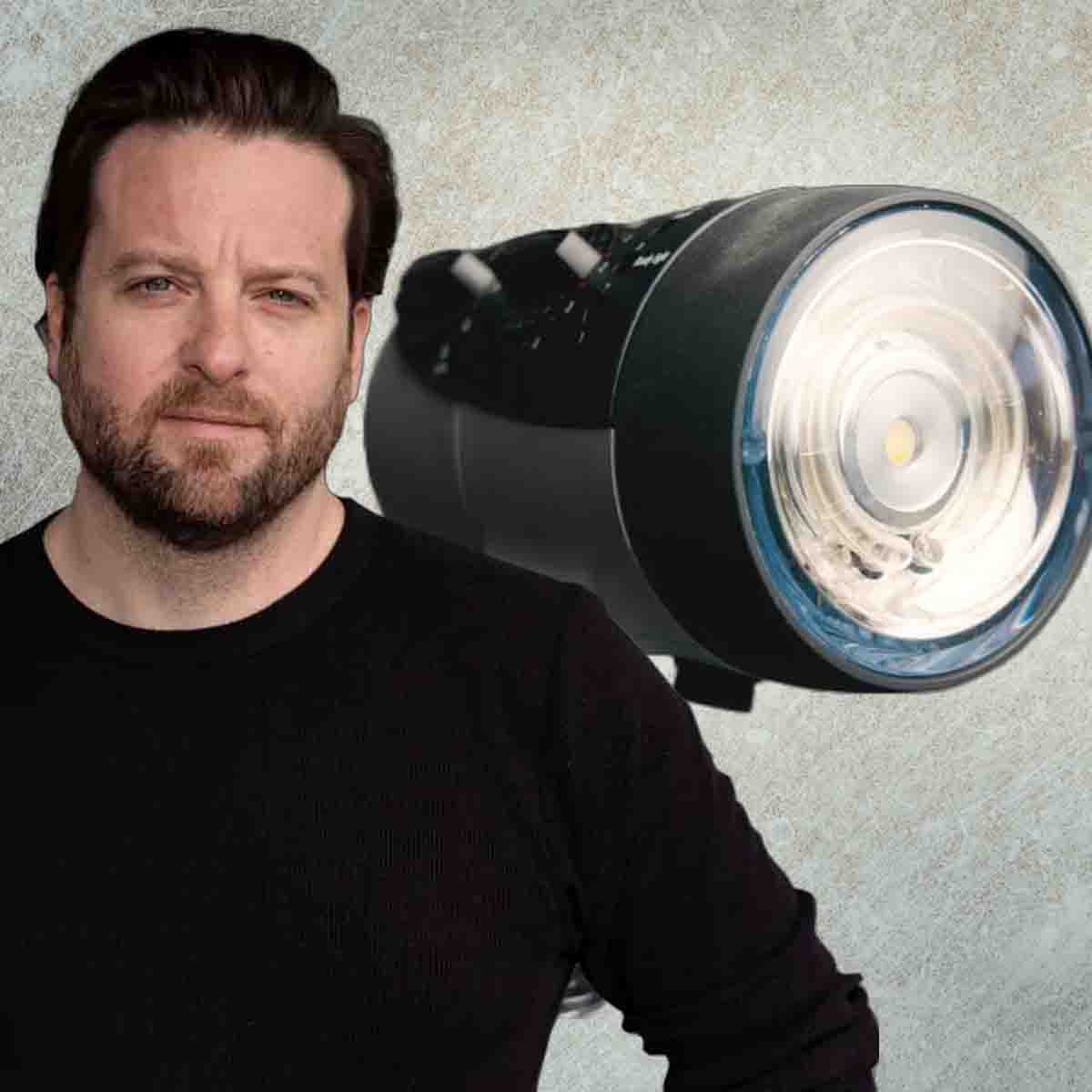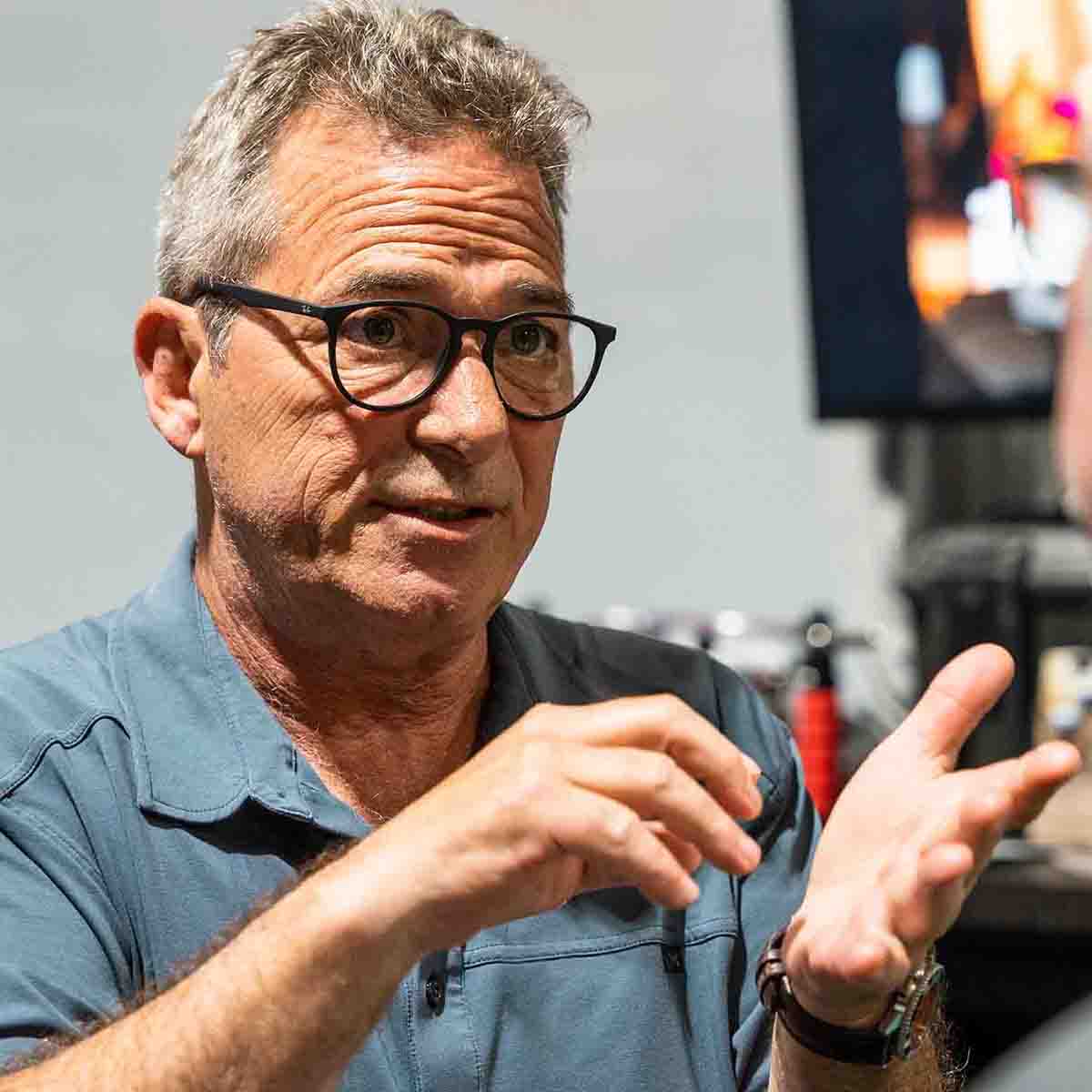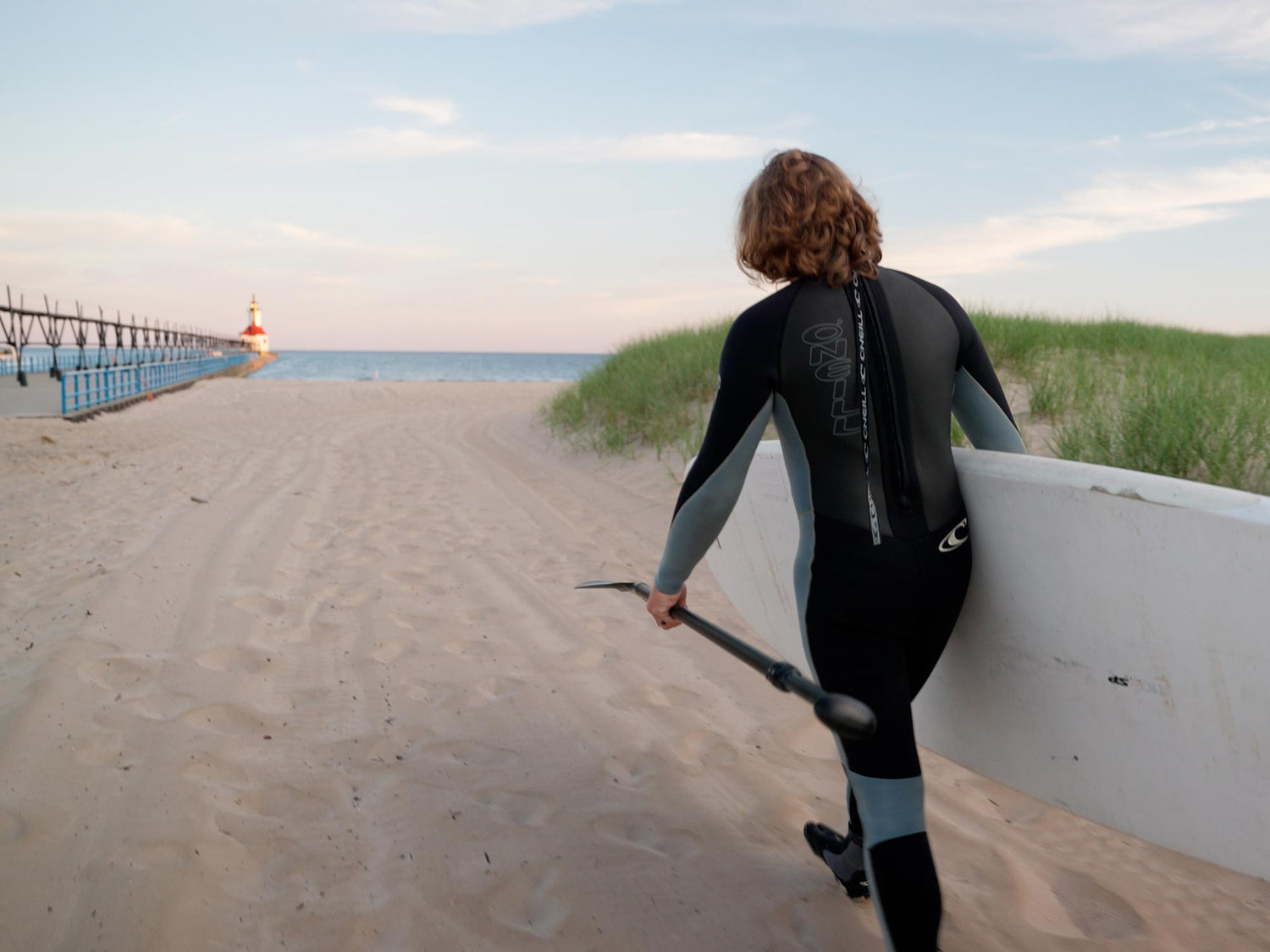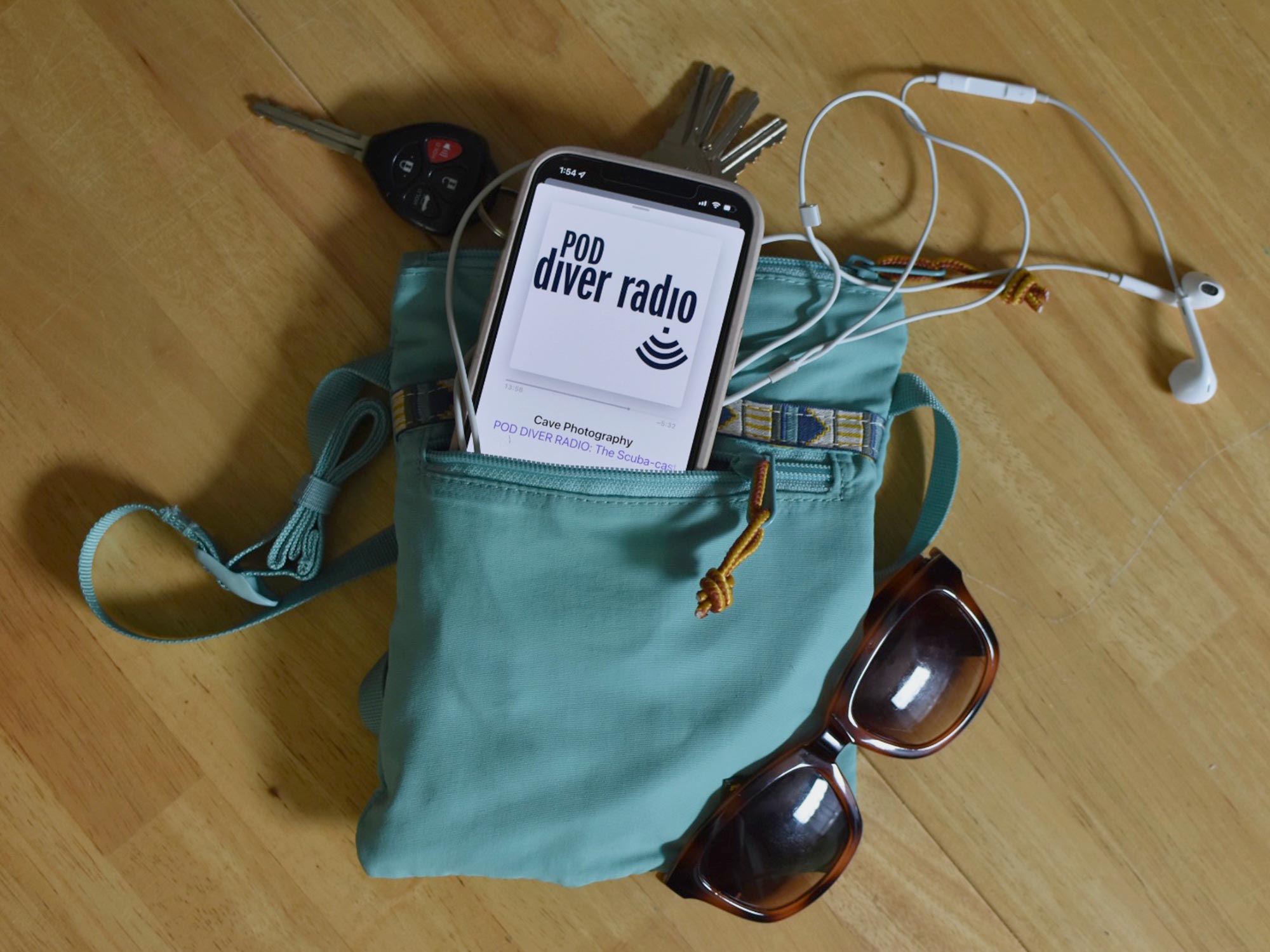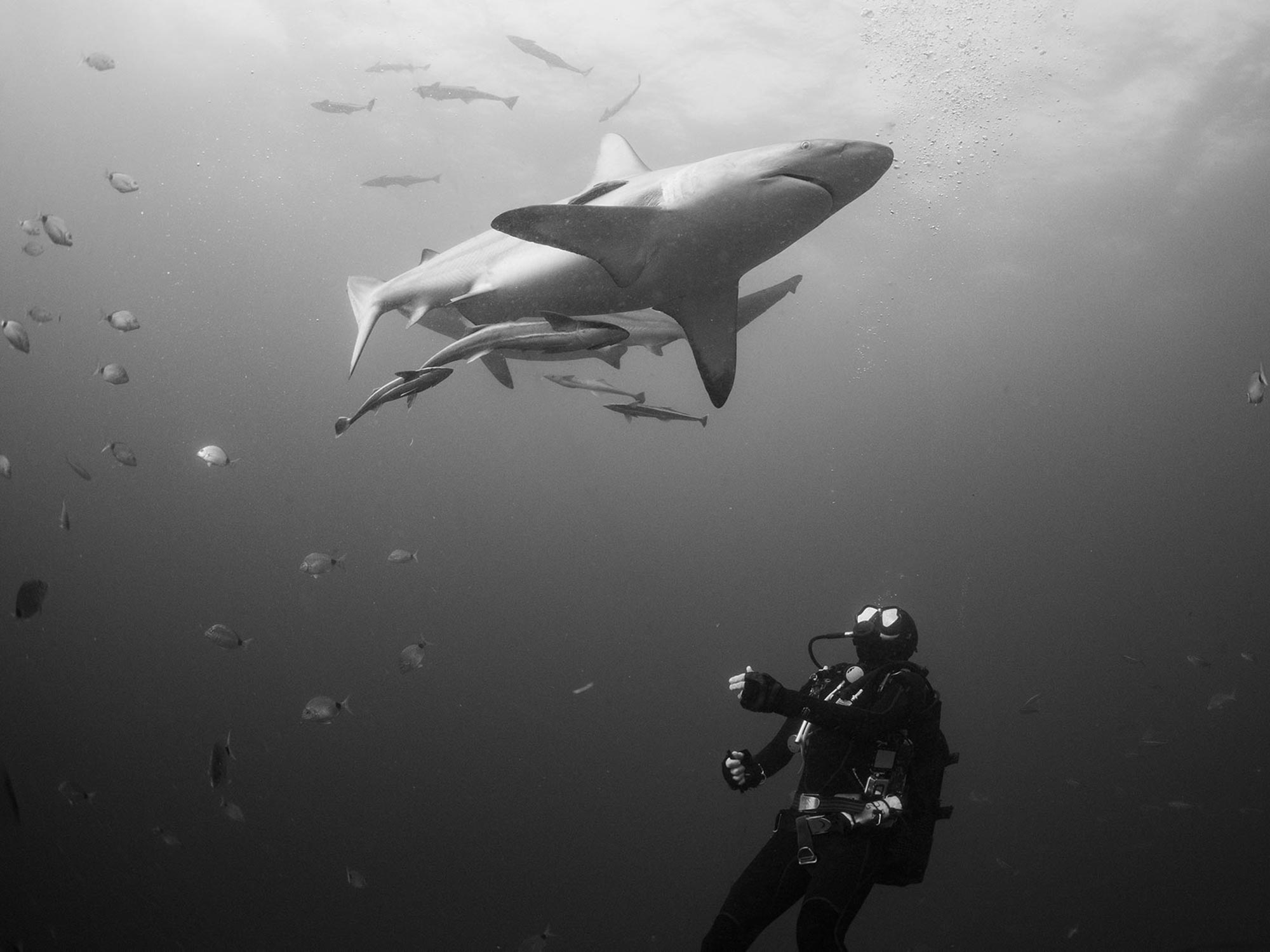By Logan Wood
All images © Logan Wood
I grew up in a small town in Indiana, and to me the Great Lakes are synonymous with lighthouses, cold water, and summer beach cabins. As I got into the scuba industry, my knowledge of them expanded into wreck and technical diving. But surfing never came up until I got more into action sports, especially in the Midwest. The Great Lakes are five massive, freshwater lakes in the mid-east region of North America. Their size gives way to sea like characteristics, and with swells created by distance storms, the door is wide open for surfers of all ages. Many visitors, even locals, don’t know about the small yet strong community of Great Lakes surfers that have been catching year-round waves for decades. This relatively unexplored nature of the sport piqued my interest and kicked off my project of documenting The Great Lakes surfers.

The first push toward a better understanding of the sport leads me to St. Joseph, Michigan. St. Joseph is a beautiful town on the northeast coast of Lake Michigan. Known for its fully-restored 1910 carousel and pavilion, the city is also home to a large portion of the surfing community. While there, I met up with Michigan-based surfer and filmmaker Matt Wagner to shoot photos and talk about all things Great Lakes surfing.
Well, that was the plan. But when planning a shoot you can’t always wait until precisely the perfect time of year. And in the summer the Great Lakes are dead flat. It’s super inviting for the vacationers that flock from around the Midwest, but not great for surfing. At best, you will find 1-2ft ankle biters. Nothing like the gnarly winter waves that got me interested in the sport. So, when Matt and I got to St. Joseph at 5:30 am, and the sun peaked over the dune-backed beach, we were met with no white caps in sight. As I sighed at the less-than-ideal conditions, Matt assured me that this was just the reality of summer surfing on the lakes, and that he’s been running into the same issue while filming his surfing documentary.


So, like all great adventurers, we modified our plans accordingly, and made do by taking the paddle board out on the water. This was my first time shooting a subject moving along the surface of the water, and I found a few things challenging. First, and most unexpected, was the sediment from the shallow water sticking to my dome. I found myself constantly dunking the dome under the water to get a clear shot. In the same vein, water droplets left on the dome proved to be more of a nuisance while shooting and in post-production. Having to spot remove little specks is tedious, and don’t get me started on removing them on video. Another challenge I ran into was composing against the waves and buoyancy of the housing. The large dome I had worked great as a counter-weight to the housing. The air inside the dome pulled the front of the housing up, while the back was weighed down by the camera. However, it was a struggle to keep my shot lined up as the waves hit me from the side. I often found myself aiming the camera down and leaning left or right to offset the push up from the waves.


I’ve been a Sony shooter for about three years now, and if you know a Sony shooter, you’ve probably never seen another brand in their hands. So, I had their latest full-frame offering, the a7 IV. This camera is a beast and is all I could ask for when bouncing between photos and video. Photo-wise, I had a full-frame, 33mp sensor, allowing me to shoot 6fps of uncompressed RAW images, which was great because I could hold down the shutter and capture every stroke of the paddle moving past me. I had the a7 IV recording at 4k, 60 frames per second on the video end. There are very few situations where I would choose to shoot anything below 4K resolution, and shooting in 60fps allows me to slow down in post to capture the moments I want to. I was also shooting on Slog-3, and if you don’t know what log is, I suggest checking out this article. Basically, it allows for a better dynamic range by desaturating the image and bringing back the color to rec.709, the universal standard color space for monitors, in post-production. If you’re interested in learning more about color spaces, here’s a full introduction. The Sony 16-35mm F/4 has been my go-to lens inside a housing. The lens goes from a wide 16mm to a mid-range 35mm, so I can punch in or out and get the composition I want. That’s it. Good lens. Highly recommend.
Now for the rig setup, I was shooting with the Ikelite 200DL housing with a single DS230 strobe mounted to the top with two arms, forming a triangle shape. I chose to only use one strobe over two (like most underwater shooters) because I wanted to conserve weight, and I’m not very concerned with having any dynamic or creative lighting in this situation. I just wanted to be able to light Matt and get him separated from the background. Plus, flash photography seems to be rare in surf shots, so I thought it would add a unique touch. The DS230, paired with an Ikelite DL2 DS Link TTL Converter, kept up perfectly in burst mode. My experience with shooting flash is pretty limited, so it was welcoming and frankly fascinating that the TTL perfectly exposed each shot with no effort. Literally, plug and play.

Ikelite 200DL Housing for the Sony A7 IV, 8inch Dome, with the DS230 Strobe.

Overall, this was a solid introduction to what it’s like to shoot on the lake. I learned a few things about buoyancy with a rig, surfing on the lake, and met another talented creator with a passion for making cool s**t. Sorry, but that’s what it is. This trip reminded me that sometimes it’s not about epic footage or geeking out on gear. Sometimes it should just be about doing what you love - getting out there and telling cool stories - with other people that inspire you to do it more often.
Be on the lookout for more Great Lakes surfing stories from me this winter, and be sure to check my vlog of the whole shoot.
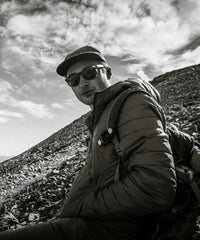
Logan Wood, Video Editor for Ikelite, has been exploring the world around him and developing his passion for storytelling ever since he picked up a camera in High School. Originally from Indiana, he attributes his yearning for exploration to his early years, living and traveling in Europe. The inspiration he gains from the outdoors has lead him from working as a photographer in the mountains of Yosemite National Park to fully immersing himself in the underwater world of scuba diving. When not in the studio, Logan can be found cruising on his bike, going to concerts, or researching where to go next.
Want the easy way to improve your underwater photography? Sign up for our weekly newsletter for articles and videos directly in your inbox every Friday:
Additional Reading
Shooting a Surf Documentary in the Great Lakes with Matt Wagner [VIDEO]
Sony a7 IV Underwater in Socorro [VIDEO]
Featured Customers | Cy Scammell PNW Protectors Go Surfing


